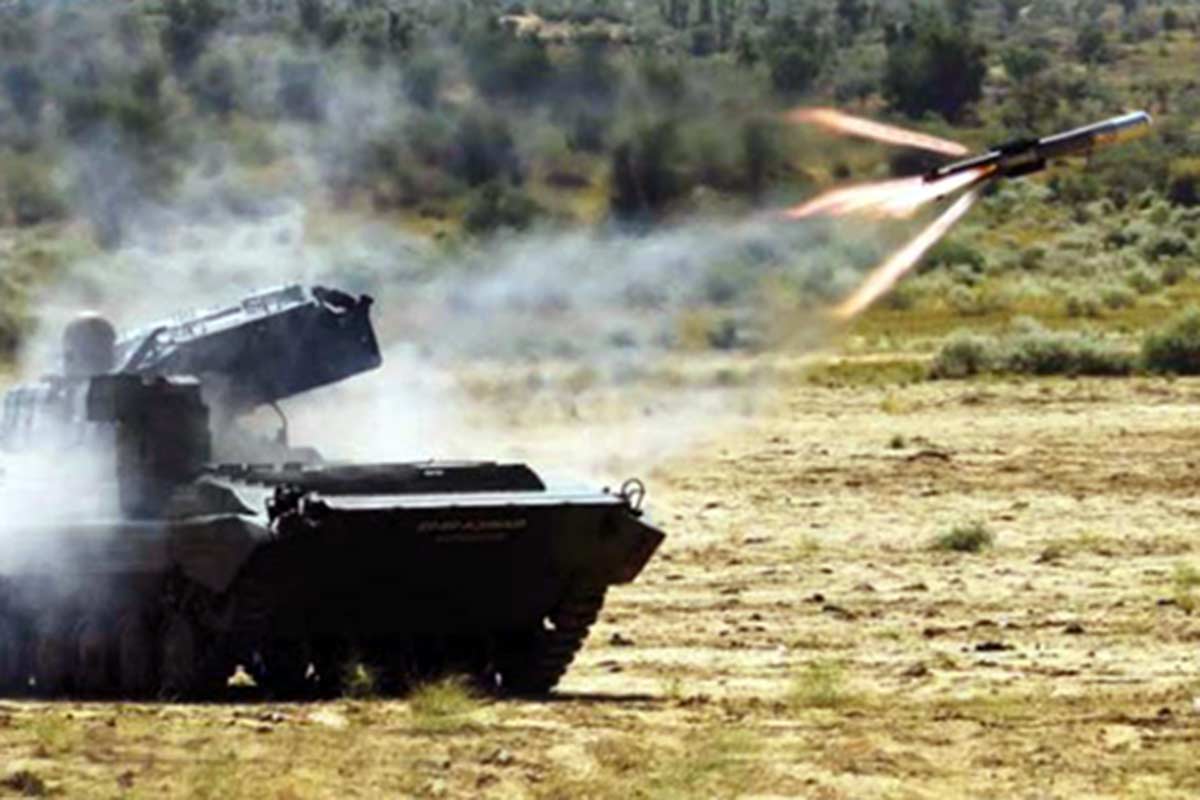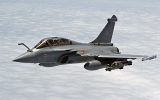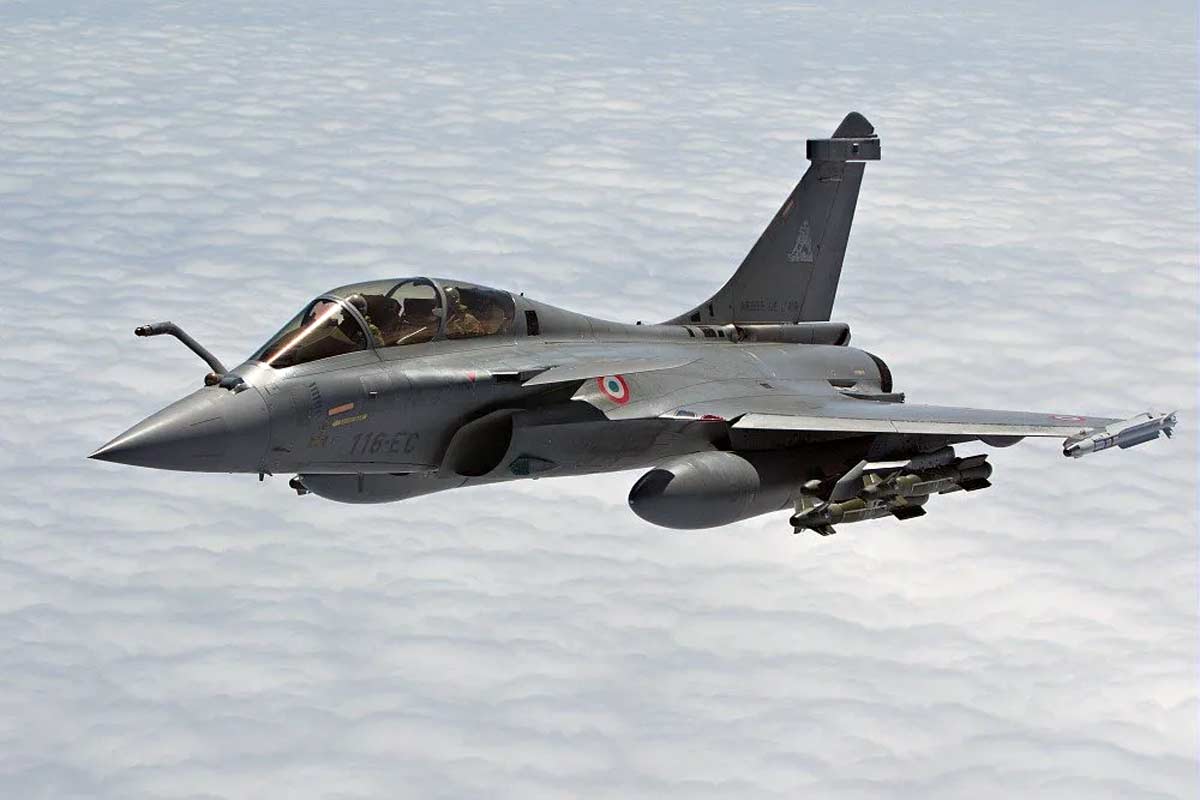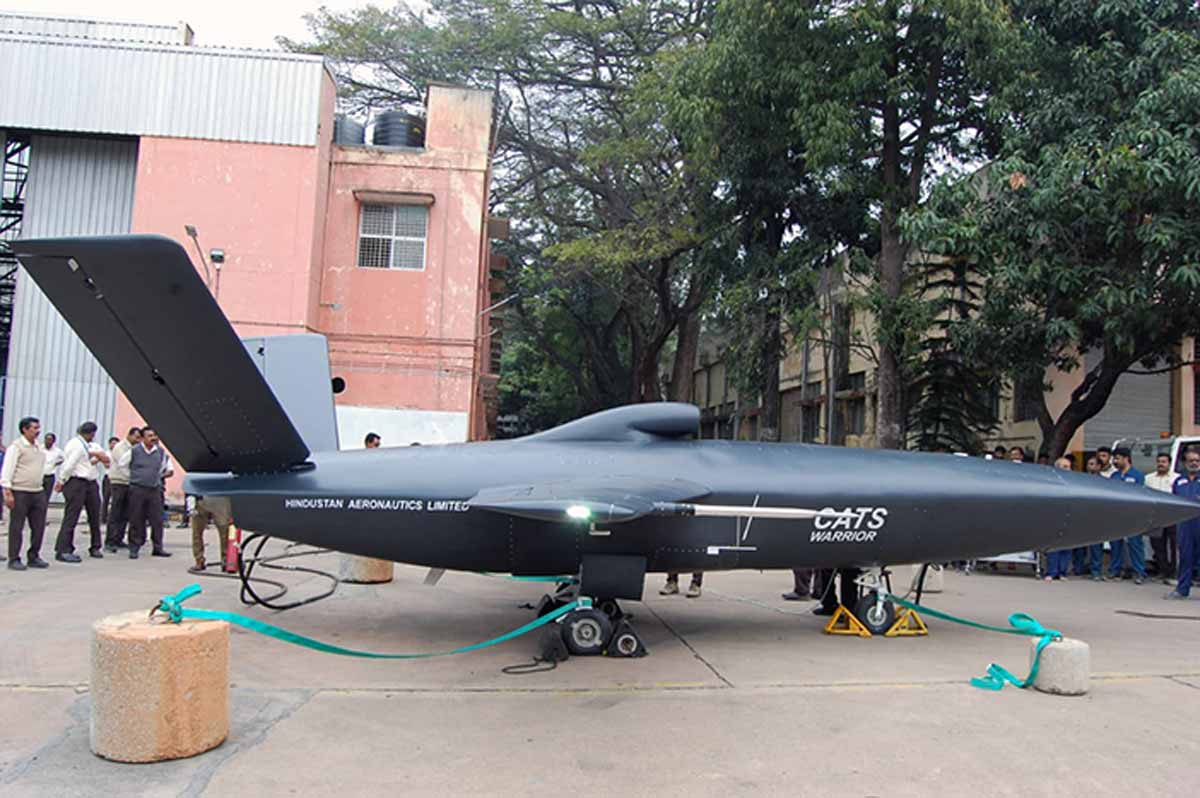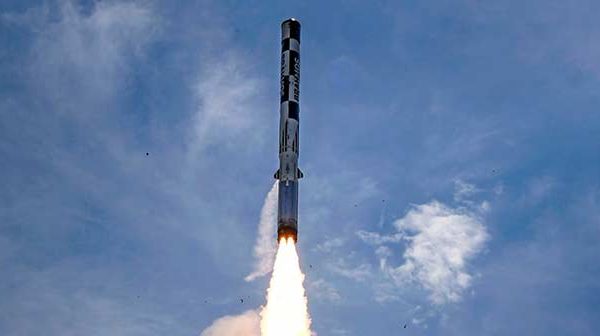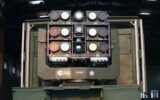Nag Anti-Tank Guided Missile: India’s premier defence research and development organisation DRDO Thursday conducted the final user trial of Nag anti-tank guided missile in Pokhran range located in western state of Rajasthan. The missile with a live warhead destroyed a dud tank with pinpoint accuracy, a video released by the DRDO showed.
With this test, the Nag missile, Cobra in English, has completed all user trials by the Indian Army successfully and will now enter the production phase.
Nag, a third generation anti-tank guided missile with a four kilometer range, has already completed its winter and summer trials last year.
“With this final user trial, Nag will enter the production phase. The missile will be produced by Defence Public Sector Undertaking (PSU) Bharat Dynamics Limited (BDL), whereas Ordnance Factory Medak (OFMK), will produce the NAMICA (Nag Missile Carrier),” said the Defence Ministry.
The latest firing follows was a series of test firing conducted by the DRDO over the last one-and-a-half months.
READ: Navy’s first batch of women pilots operationalised for maritime mission
These trials included two other anti-tank guided missiles (ATGMs) developed by the apex defence research organisation, firing of a Laser-Guided ATGM, which was successfully tested twice at a field range at Ahmednagar in western state of Maharashtra, and the Stand-Off Anti-Tank Missile (SANT), which was tested off the east coast on October 19.
According to reports, with the latest test, Nag missile is ready for deployment in border areas, including Ladakh, where Indian Army and Chinese PLA are pitted against each other in a tense standoff over the last six months.
READ: Navy commissions anti-submarine corvette INS Kavaratti
Nag missile’s entry into the production phase is crucial for Indian Army’s operational preparedness against the PLA as the Army recent procured 200 Spike missiles from Israeli defence major Rafael Advanced Defense Systems.
India’s Nag anti-tank guided missile (ATGM)
The Nag missile, which was part of India’s integrated missile development programme (IMDP), initially suffered setbacks when it did not meet the mission objectives.
READ: India’s DRDO test-fires Supersonic Missile Assisted Release Torpedo SMART
The lethal missile has a minimum range of 500 metres and maximum range of four kilometers with day and night capabilities. It is designed to find and destroy a fortified enemy tank for other armoured vehicles.
The deadly Nag missile has two attack modes, a direct attack mode in which the missile does not fly to an elevated position before plunging on a target. In the other mode, the Nag missile follows an elevated trajectory before pouncing on an enemy target.
READ: India likely to order 2 more Israeli Phalcon AWACS for US$1 billion
Versions of Nag anti-tank guided missile
Five different versions of Nag anti-tank guided missiles are under different stages of development. A land version, for a mast-mounted system, a helicopter-launched Nag which is called HELINA or Heliborne Nag, a man-portable version called MPATGM.
READ: GST Return: How to file GST Nil returns by sending SMS
In addition to these three, two more versions of Nag missiles are being developed, an air-launched version, which will replace the current imaging infra-red to millimetric-wave mmW active radar homing seeker; and the Nag missile which is fired from a modified BMP-2 Infantry Fighting Vehicle (IFV) called Nag Missile Carrier or NAMICA.
India produces BMP Infantry Fighting Vehicles at the Ordnance Factory Medak (OFMK) under licence from Russia.
READ: Private Trains: 23 companies participate in crucial meet before opening of bids


